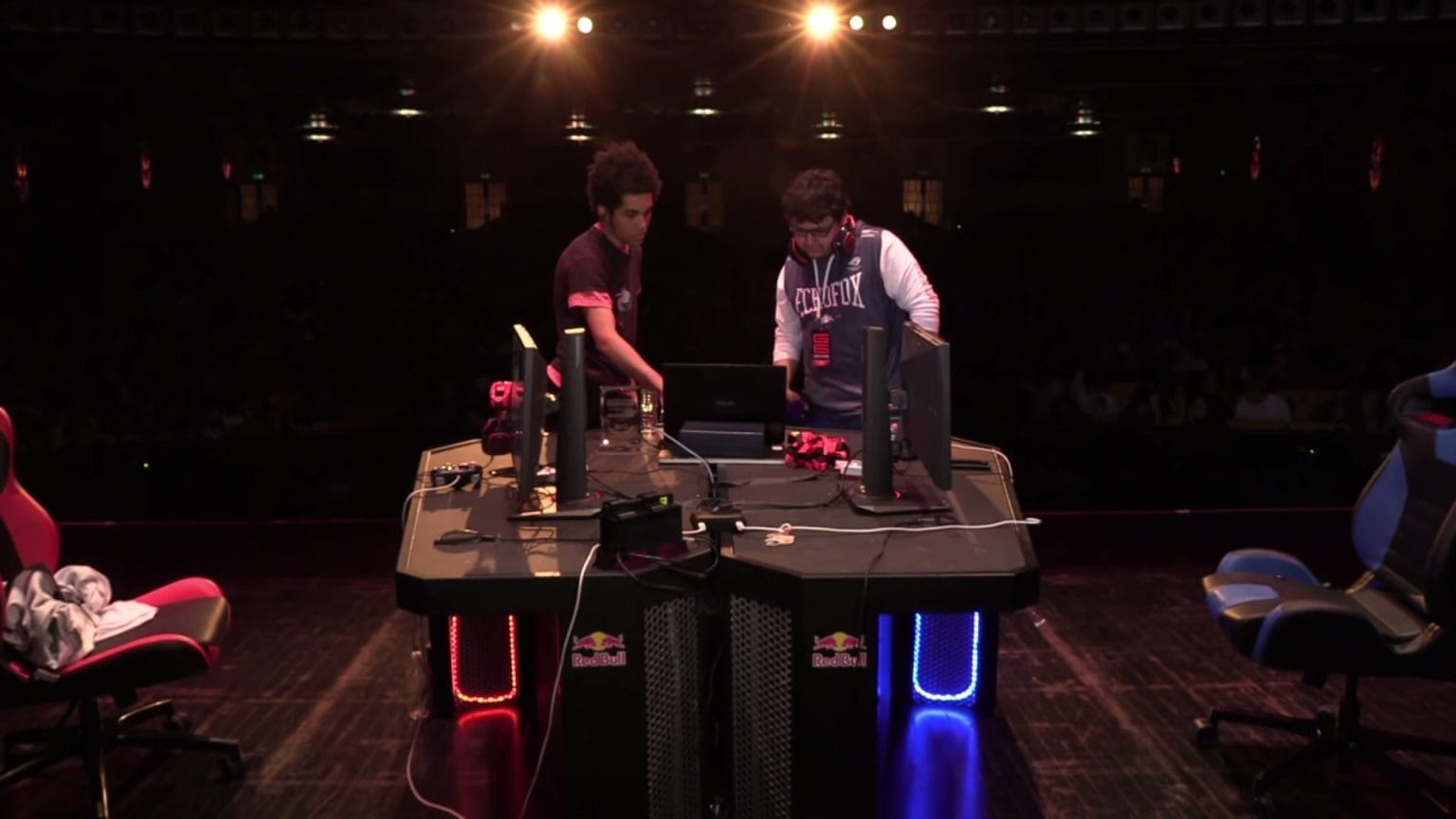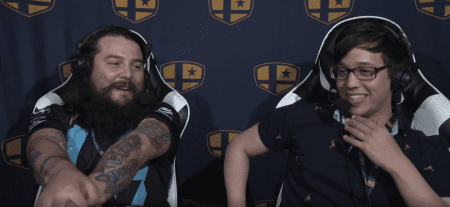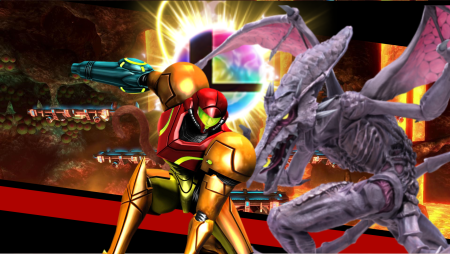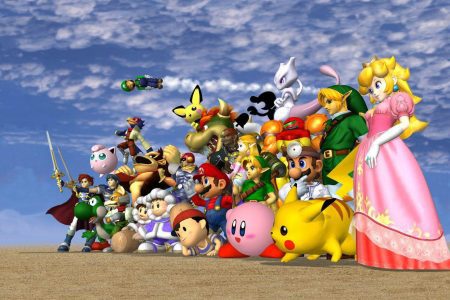Super Smash Bros. Melee and Ultimate Can, and Should, Sustain Each Other Going Forward
Genesis 6, the latest in the long-running Super Smash Bros. super-major series, came to a close at 3 a.m. Eastern on Monday morning, five hours after Tom Brady and the Patriots clinched their record-setting sixth Super Bowl win. It was exhausting, exhilarating, and glorious.
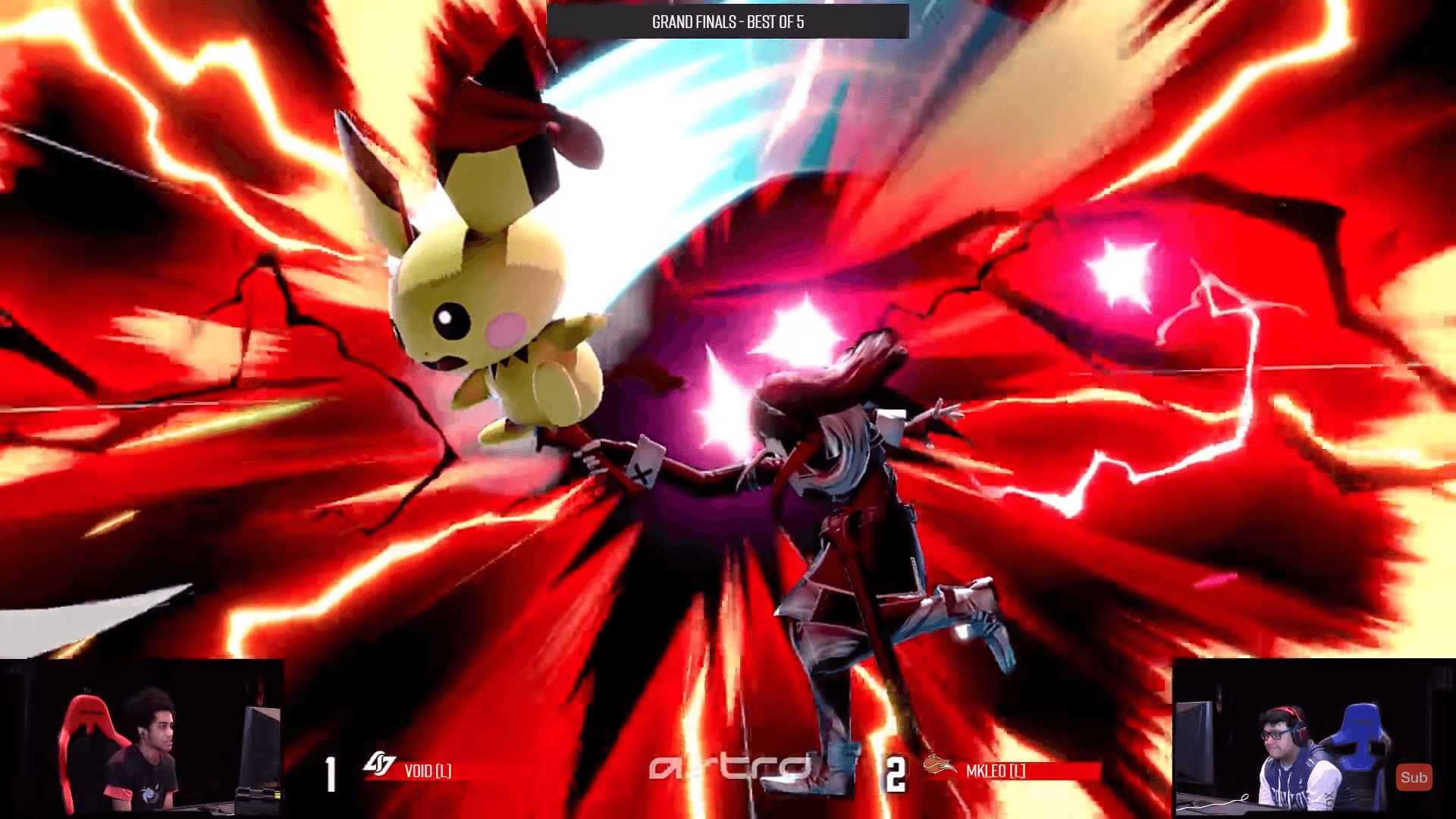
The Super Smash Bros. Melee final came down to two cuddly Pokémon slugging it out, as Tempo | Axe engaged Liquid | Hungrybox in a manic showdown between Pikachu and Jigglypuff, respectively. Axe’s play was both inspiring and bewitching as he came oh so close to toppling the current world no. 1 ranked player, falling in a close 3-2 set. In Ultimate, Echo Fox | MKLeo crawled back from losers bracket and defeated CLG | Void in straight sets in grand finals to take his third consecutive Genesis title, tying vaunted Melee legend Armada in that category. But Genesis 6 wasn’t just about who won and who lost—it felt like the first step towards a more unified competitive Smash community than I thought possible.
Melee vs. Smash 4
Understanding the greater context of Genesis 6 requires a cursory understanding of the history of the competitive Smash community. Despite ostensibly being under the same umbrella, the community has always been somewhat contentious and split down game lines. Melee remains one of two major esports that continues to be played alongside, or even in place of, its successors (the other game being StarCraft: Brood War, which actually has notable similarities with Melee, including a punishingly high technical skill barrier, the integration of “glitches” or unintended behaviors into core gameplay, and the long-term dominance of the scene by several specific players). The success of Melee is an extreme rarity in a world where developers naturally push for their newest game to be the one that garners the most attention and players.
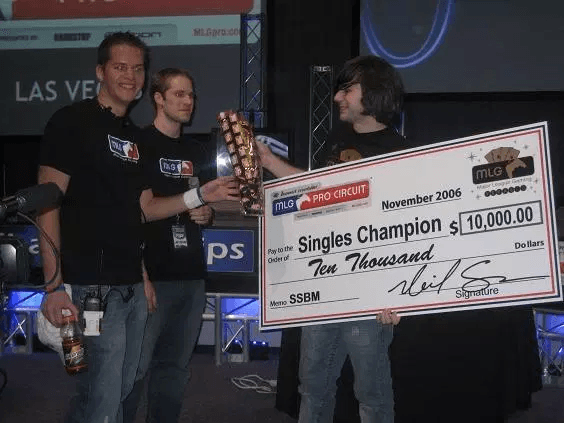
Complicating things, however, was the reality that competitive Smash also flew in the face of series creator Masahiro Sakurai’s early vision for the games. Melee was an early staple of American esports, running on the MLG circuit among games like Halo and Rainbow Six: Vegas. But much of what made Melee a beloved competitive game was unintended or unforeseen by Sakurai, and its successor, Brawl, was a game that felt antithetical in many ways to what Melee players enjoyed about Melee. The community split, with new players picking up Brawl and the old guard clinging to a dying game. This separation persisted even as Melee was revived (watch Episode 7 of the incredible documentary The Smash Brothers for some context on this) and Brawl died in lieu of the arrival of Smash 4. Few players played both, and the communities felt disparate, without hope of reconciliation.
Apex 2015 and Genesis 6
Circling back to Genesis, Genesis 6 had striking similarities to another Smash tournament that took place almost exactly four years ago: Apex 2015. Apex 2015 was a legendary Smash tournament for a multitude of reasons, the foremost being that the original venue encountered safety hazards and was forced to cancel the event outright. Literally saved by corporate sponsors Twitch and Red Bull (two companies who continue to support the community today), the tournament moved some 40 miles away to a different convention center. Somehow, the tournament didn’t spontaneously combust into flames and ran to a memorable, awe-inspiring finale that saw a mid-bracket $1,000 money match, gods being upset, and a resurgent semi-retired legend winning it all. To this day, Melee at Apex 2015 remains one of the most beloved tournaments in the game’s long history.
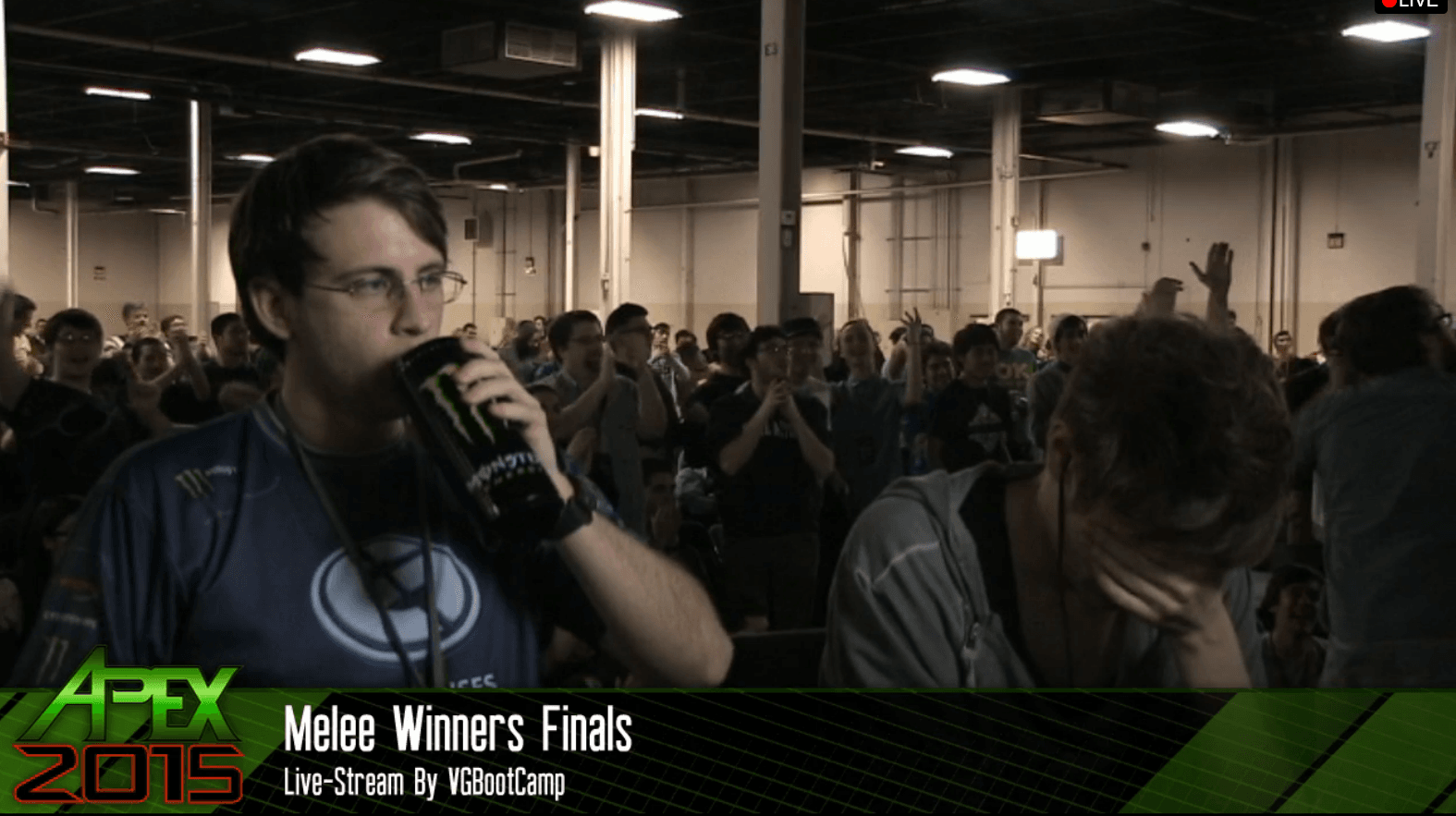
Of course, Genesis 6 didn’t have a venue failure. It did, however, have a couple key similarities. The first was that Apex 2015 was the first Smash 4 super-major, like how Genesis 6 was the first Ultimate super-major. Both were preceded by European majors—BEAST 5 for Apex 2015 and Valhalla for Genesis 6, but many were waiting for Apex or Genesis, long-running tournament series with prestigious history, as the first big event for the newest Smash game at the time. Secondly, Apex 2015 and Genesis 6 both took place on Super Bowl weekend (both were preceded by victories by the Patriots, America’s favorite team). A third similarity was that both tournaments ran extremely late, wrapping at around 3 a.m. Eastern, but that factor isn’t nearly as important.
Coming out of Apex 2015, it didn’t feel as if the communities were coming together in a notable way. Infamously, some in the spectator crowd at the tournament started up a “Melee” chant during the trophy presentation ceremony for Smash 4 (Smash 4 top 8 preceded Melee top 8 at Apex 2015). Smash 4’s top 8 had taken a significantly longer time than expected, pushing Melee to start at midnight Eastern, which took a toll on players, in-person spectators, and Twitch stream monsters. A precursor to the history of competitive Smash 4, the simmering animosity that emerged at Apex 2015 between the two scenes would persist throughout the years.
I know you guys wouldn’t like the analogy, but sometimes I feel players treat non-Melee players like they’re aliens that don’t belong.
— D1 (@xD1x) February 3, 2015
After Apex 2015, many Melee players who gave Smash 4 a shot gave up on the game, going back to playing Melee. Cross-game entrants and viewership never took off, and by the final years of Smash 4, it was as if players were playing a game they never loved by obligation, as unbalanced DLC characters, the retirement of the game’s top player, ZeRo, and various controversies took hold. In the aftermath of the Evo 2018 fiasco, Smash 4 felt dead, and most tourneys to close out the year lacked any sort of momentum or hype.
Ultimate, however, changed all of that. With various system changes that made the game lean more towards Melee (something that was also said about Smash 4, but felt more like mere lip service then), both Melee and Smash 4 players picked up the game. Top Melee streamers and players began to play the game with a serious intent to improve, including diehards who eschewed Smash 4 like Leffen and Mango. As interest in Melee seemed to wane, Ultimate seemed to pick up the slack, and even pull the communities together in the meantime.
Compared to Apex 2015, the aftermath of Genesis 6 filled me with hope. The stronger spirit of companionship between the scenes is what struck me as the key difference between the two tourneys. G6 had the Melee community interested in watching and playing Ultimate in a way that Apex didn’t for Smash 4. Certainly, Ultimate being a more appealing game to Melee players in general had a large part to play in that, but I like to think that players (on both sides) have matured some in the years since. Multiple Melee players actually made it quite far in bracket, with Plup and La Luna making it to top 64; Leffen, meanwhile, placed 17th, even playing an extremely close set with MKLeo, the eventual champion (garnering his respect in the bout as well). It’s hard to imagine Leffen, a controversial figure in his own right, saying something like this about Smash 4:
Seriously tho, if we as a community do not leverage the fact that we have two great games that has massive crossover in player and viewership appeal we’re stupid. Let’s not repeat past mistakes.
— Leffen (@TSM_Leffen) February 4, 2019
Moving Forward
Melee is siiiiickkk
Crushed the previous viewership record.
Now will you weak-willed whippersnappers stop doubting the greatest game of all time?
We ain’t goin nowhere baby
— The Crimson Blur (@OXY_Crimson) February 4, 2019
Both games exhibited amazingly strong viewership despite significant hindrances. Melee top 8 basically aired concurrently with the Super Bowl, which, boring as it was, detracted significant amounts of viewers from the stream. Ultimate top 8 finished at 3 a.m. Eastern, and slowly bled viewers as people had to go to sleep.

Still, Melee peaked at 175,000 viewers, with Ultimate peaking just below that at around 166,000. Anecdotally, excitement for Ultimate top 8 was significantly higher than it was for Smash 4 top 8’s at similar tourneys in the past, and I expect that to continue as Ultimate continues to grow as a game.
What’s sick about smash right now is I’d be super bummed after Melee was done. But Ultimate is the truth. Super stoked to watch top 8. Streaming afterward for sure.
— Iateyourpie (@Iateyourp1e) February 4, 2019
Apex 2015 was an amazing Melee tournament, but it was also riddled with controversy and left a sour taste in my mouth in regards to the future of a united Smash community. Perhaps the Melee and non-Melee scenes will never be as mutually symbiotic as I hope for (there are admittedly limited spots for main stage Evo games—just one example of how the scenes can occasionally cannibalize each other) but a rising tide lifts all boats, and I have genuine hope that Genesis 6 was the beginning of a pattern, not an anomaly, for competitive Smash.
Huge video game, comic book, and anime fan. Spends way too much time watching things he doesn’t like. Hates Zack Snyder. Mains Falco.


